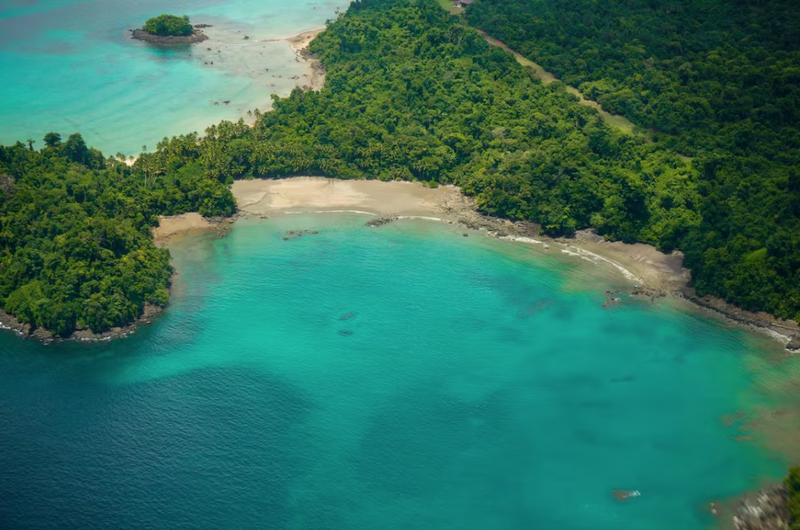Visit Panama’s National Parks and Marine Reserves in 2025

Panama is home to so many beautiful places. Hidden in the country are some of the most biodiverse areas, traversed mostly by wildlife, a small handful of locals, and some adventurous tourist!
Did you know that the Ministry of Environment in Panama has recently launched an online platform that connects travelers with over 50 protected areas in Panama? Learn more about the country’s marine and terrestrial protected areas online.
Access Panama National Parks and protected areas online
Online payments for access to Panama’s National Parks and protected areas will be available through the website miambiente.gob.pa, of the Ministry of Environment (MiAmbiente).
The process is user-friendly and grants access to many of Panama’s hidden gems.
Step by step
Visitors must access the official website miambiente.gob.pa
Click on the “Protected Area Admission Fees” menu tab, and select the protected area you wish to visit.
Choose between three categories to visit: marine protected areas, terrestrial protected areas, and Coiba National Park.
You must then make the corresponding payment using your Clave, Visa, or Mastercard card, and you will receive your entry receipt electronically.
Minister of the Environment, Juan Carlos Navarro spoke about the online system’s ability to safeguard sustainability and promote sustainable tourism in Panama.
Recently Panama was listed among 25 other countries in BBC’s list of places to travel in 2025.
"This online system not only seeks to simplify the process for national and international visitors but also to reduce the use of paper, aligning with environmental sustainability policies and eliminating the bureaucracy inherited from making these payments at the Banco Nacional’s offices," said the Minister of the Environment, Juan Carlos Navarro.
Coiba National Park in 2025
Panama’s Minister of the Environment, Juan Carlos Navarro, recently visited Coiba National Park, a World Heritage Site of the United Nations Educational, Scientific, and Cultural Organization (UNESCO). During his visit, the minister met with park rangers and spoke about ways to tackle problems like illegal fishing and waste management.
"Coiba’s protected area covers more than 270 thousand marine and island hectares. Park rangers expressed concern about persistent problems such as illegal fishing and hunting, inadequate waste management, and lack of resources. These challenges threaten the integrity of the park, which is home to unique biodiversity and is a vital refuge for marine and terrestrial species."
In light of the needs outlined, Minister Navarro instructed the implementation of an immediate action plan.
This plan aims to improve the park’s facilities, strengthen conservation, promote scientific research, and ensure more efficient management of the protected area. These measures seek not only to address current difficulties but also to ensure the preservation of the park for future generations.
Navarro also called for collaboration from local communities, fishermen, tour operators, businesses, mayors, and other key sectors. “The protection of this invaluable natural heritage cannot be the exclusive responsibility of the government, we must all join in this effort,” the minister stressed, underlining the importance of cooperation to maintain the integrity of the park.
Visiting Protected Areas in Panama
Protected areas are designated geographical zones that are managed to achieve specific conservation objectives. These areas, which can be terrestrial, coastal, marine, or lake-based, play a crucial role in safeguarding both wildlife and the ecosystems they support. With this in mind, it’s important to leave these areas exactly as you found them.
Panama boasts over one hundred protected areas across the country. To protect these vital regions, the current Minister of Environment is working to better enforce and safeguard the already established regulations. Among these safeguards is the Right to Public Participation in the creation and modification processes of these areas.
The proposed regulations aim to guarantee that any changes to protected areas not only enhance environmental protection but also foster robust and inclusive governance in the conservation of Panama’s biodiversity.
Through the implementation of these measures, Panama aspires to ensure the effective preservation of its protected areas while promoting responsible and sustainable environmental management.
Trending Tags
